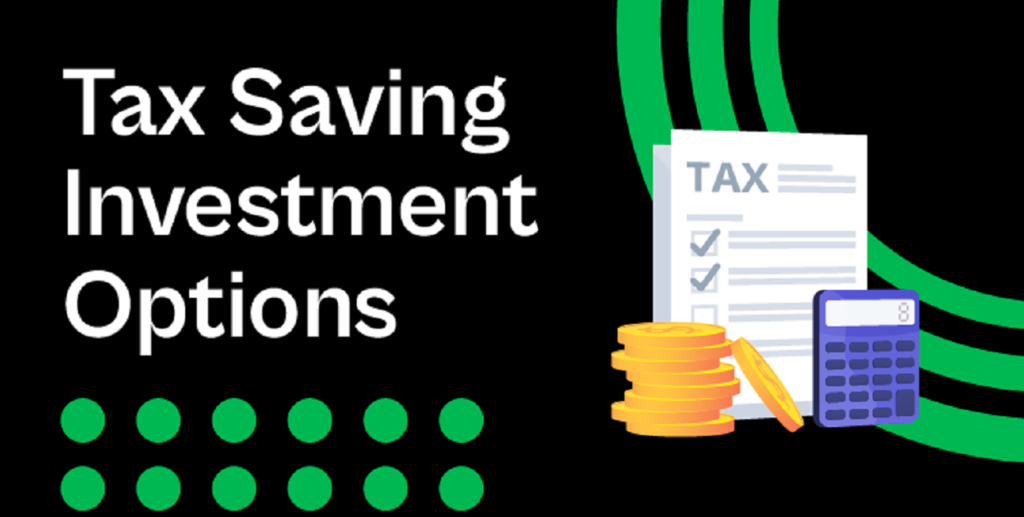Before choosing a tax regime, a salaried person should examine their total tax obligations under the two tax systems. It’s critical to pick the life insurance tax benefits even if you would be better off with the previous tax system (All that we must know about the new vs current tax regime).
The investment choices listed below can help you not only reduce your income tax burden but also generate returns that are tax-free.

- PPF, or the Public Provident Fund
By making an investment in the Public Provident Fund (PPF), a person can reduce their income tax under Section 80C. This small savings programme has “exempt-exempt-exempt” status or EEE. In other words, the investor can deduct the amount they invested and avoid paying taxes on the interest they earn or the amount of the maturity.
The PPF account has a 15-year lock-in term. When the investment is made, the end of the fiscal year is the starting point for the 15-year lock-in computation. From the third right up to the sixth financial year following account opening, a loan facility is offered. Subject to a few restrictions, the premature withdrawal facility is accessible starting with the seventh financial year after account opening. A PPF account may be prematurely closed under certain circumstances.
A PPF can be opened with a bank or a post office. One PPF account may be opened in a person’s name only.
In a financial year, the minimum and maximum investments are 500 and 1.5 lakh rupees, respectively.
- The Sukanya Samriddhi Yojana
The “Beti Bachao, Beti Padhao” government programme established the Sukanya Samriddhi Yojana (SSY). This is a deposit programme for young girls. It enables parents to pay for a girl’s education or marriage while also claiming an income tax break.
The Sukanya Samriddhi Yojana account has an EEE tax status, just like PPF. As a result, the investment amount, interest earned, and maturity amount are all tax-free.
The scheme has a 21-year lock-in period starting on the day the account was opened. Premature withdrawal is permitted but under certain restrictions.
The guardian of the girl child may open an account under the Sukanya Samriddhi Yojana in her name. The girl youngster shouldn’t be older than ten years old. The account can be opened at a post office or a bank.
- Voluntary Provident Funds (VPF) And Employee Provident Funds (EPF)
Employees Provident Fund (EPF)-eligible salaried individuals are required to contribute 12% of their pay to the EPF account. Additionally, the employer contributes in a similar manner. Section 80C allows for a deduction for the employee’s own contributions to the EPF account.
- Mutual Funds For ELSS
Equity-linked savings system is known as ELSS. These are the mutual fund programmes that invest in stocks and providelife insurance tax benefits. Under Section 80C, a person may claim a tax advantage of up to Rs 1.5 lakh.
These programmes run the risk of losing money because they invest in stocks. Returns are neither guaranteed nor fixed. The returns are market-linked and reliant on how well the equity market performs.
The government has made dividends received by people taxable beginning in 2020–21. The tax rate on dividends is the same as the tax rate that applies to your income. The dividends are taxed at the same rate if your taxable income falls into the highest tax bracket (30%).
Gains from stocks and mutual funds that invest in stocks are now taxed at 10% without the indexation benefit. However, only if capital gains surpass Rs 1 lakh in a fiscal year will they be subject to taxation. In other words, there is no tax due as long as capital gains on equities shares and equity mutual funds do not exceed Rs 1 lakh in a fiscal year.
- Insurance Plans For Life
An individual can purchase a life insurance policy to qualify for Section 80C income tax savings. These consist of regular insurance policies, unit-linked insurance plans (ULIPs), and term insurance plans. The total premium for all life insurance policies is the maximum deduction that may be made.
Keep this in mind while purchasing life insurance coverage. The least expensive life insurance policy available is a term policy. This is so since there is no maturity payment.
A ULIP generally has a lock-in period of 5 years and a premium-paying term of 15 or 20 years. The person can redeem the funds after the lock-in period and before the premium-paying term expires.







Leave a Comment
You must be logged in to post a comment.